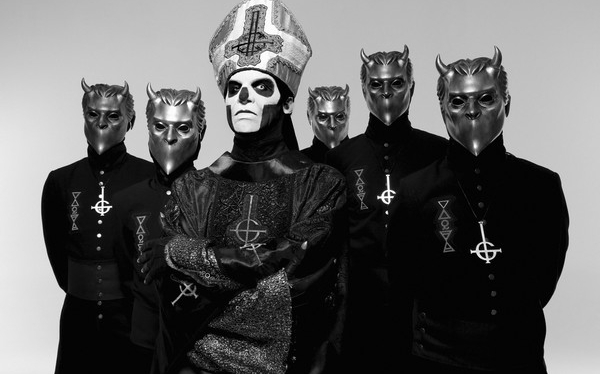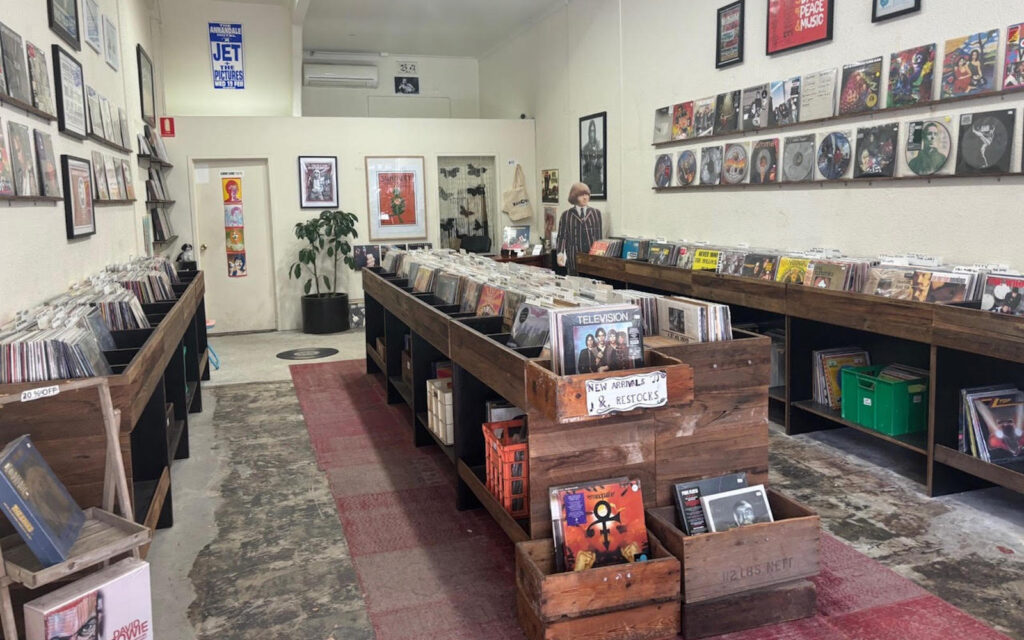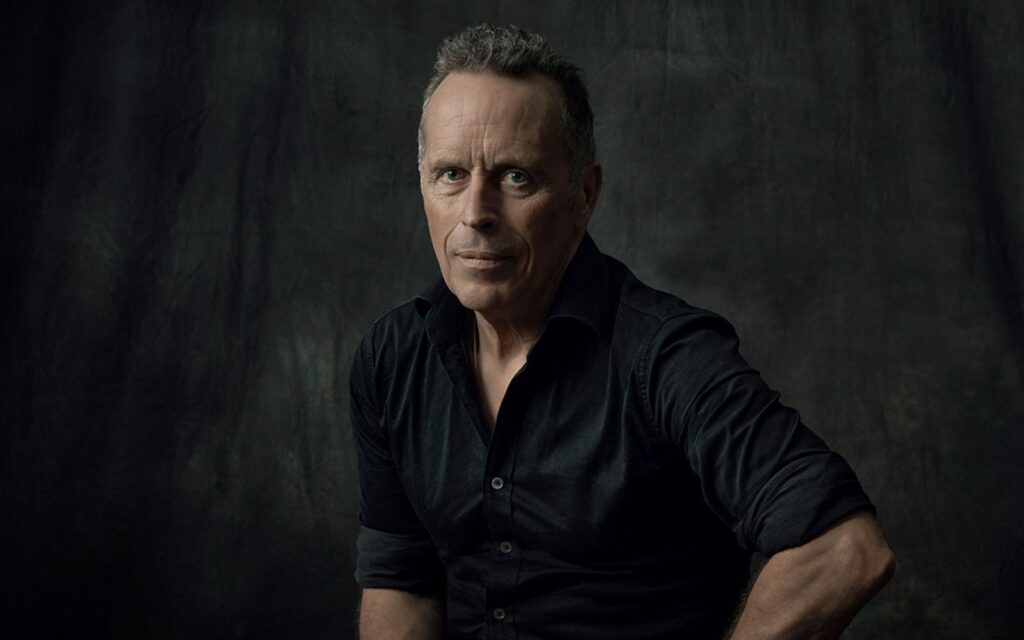Within about six months Ghost had completely blown up, and they’re now about to release album number three, Meliora. Like its two predecessors, Meliora pays tribute to the occult-channelling rock and metal of the 1970s, while maintaining an unmistakably Ghost sound. This album introduces Papa Emeritus III (really the same vocalist as the previous two albums, but the story goes that this Papa is “the three-months-younger brother of Papa II”). The band’s five instrumentalists are referred to simply as Nameless Ghouls.
“Just for reference, I’m the main songwriter and instigator of the band so you don’t have to worry about talking to some fucking henchman,” our Nameless Ghoul says over the phone.
Meliora has a heavier, more aggressive feel than its predecessor, with a few thrash-influenced rhythm guitar moments and an edgier sonic approach.
“It was a plan to make the record this way,” the Ghoul says. “With the last album, there were a few decisions made in the production stage which made the album sound a little un-muscular, if you will. That was never the intention. We’ve always strive for an analogue, warm sound but it was never our intention to make it sound too lo-fi. We always wanted a hi-fi thing. So we thought going into this next record we might want to add a little more muscular DNA.”
As analogue purists, Ghost use only old gear, “just because it adds not only to the sound but the feeling. It feels right doing that. This time we basically had museum pieces. We were using a mixture of four guitars right through the record. It was the same guitars and the same setup. That’s something we’ve always strived for; the songs should all be different but it should be the same sound across the board. So it was two Gibson SGs – one was ’62, one was maybe a ’79 or something. Then we had an old Les Paul Goldtop, and apart from the Neve console, it was the most valuable thing in the studio. And then we added a Telecaster in there. We are a Gibson band, but a Fender added into a Gibson world can be very effective. And we used a larger range of different speakers and heads to create a lot of depth in the guitar sound.”
Onstage the guitarist use Gibson RD models, which are modified. “They’re slightly customised because the old ones from ’77 are extremely cool guitars, very cool-looking. But in order to make them sound like a normal guitar as we know it, you need to rip the insides out and put in new pickups. I’m sorry to say but they weren’t really great guitars. They look cool but you have to go through a little procedure. So we had those and we use these pickups from a Swedish brand called Lundgren.
“But speaking of analogue gear, because we don’t have amps onstage, we have simulated that through a rack of Fractal Audio Axe-Fx on the side of the stage. At the end of the day you have to realise that as much as I want a big rig that is super loud… we can do the Fractal thing, have it over and done with, everyone’s happy and we can pretend that we have a big wall of amplifiers behind us anyway. It’s all make-believe anyway, this rock’n’roll thing.”
BY PETER HODGSON







